Sigma introduced the 45mm f/2.8 DG DN lens last year for Sony E-mount and Leica L-mount cameras. It is part of their Contemporary line of lenses. Sigma had four goals when designing this lens: small size, high optical performance, a short minimum focus distance, and exceptional build quality. I believe they succeeded on all counts and deliver excellent image quality and performance in a very compact AF prime lens. Let’s look at how they managed all of these goals to produce a uniquely modern lens with classic rendering.

Background
It all started when I purchased a Leica SL (Typ 601). My goal was to utilize small M-mount lenses (that I already owned) on a more modern, digital platform than my Leica M4-P film camera. Reports were that the Leica SL excelled with M glass, with the added benefit of focus aids like peaking and zoom. All was going well with the camera and my manual-focus lenses, but I felt like I might be missing out on some of the capabilities of this modern mirrorless marvel. So along came the most compact L-Mount prime I could find, the Sigma 45mm f/2.8 DG DN.

Why 45mm and Why f/2.8?
For street and walk-around use, the 45mm focal length is marvelous, fitting right between classic 50mm and 35mm lenses. It is as close to the measured diagonal of our 35mm-shaped frame as one can get. Considered a “normal lens”, it doesn’t impose an opinion on our images, it just looks natural. It doesn’t compress like a telephoto lens, nor exaggerate like a wide-angle. Because of this, creating visually compelling images is incumbent on the photographer.
As for its relative lack of speed at f/2.8, I answer two-fold: The modern EVF cameras this lens is designed for already have a bright viewfinder experience. Gone are the days of needing a faster lens to create a brighter image to facilitate manual focusing. Also, without film’s fixed-ISO, f/2.8 is rarely a problem. Photojournalists live and die by their f/2.8 zooms, as did I for many years shooting social and corporate events. So, plenty fast and practical for me.

Sharpness
A frequent complaint about this lens is a lack of sharpness at f/2.8. According to Sigma, design emphasis was placed on producing “exceptionally beautiful bokeh” over wide-open sharpness. Stopping down to f/5.6 reportedly yields sharpness and contrast equal to their Art lens line. Focus on the image below, shot wide-open, was on the trolley sign:

Another “fault” of the lens (related to sharpness) is noticeable as a veiling haze when the lens is shot wide-open and focused closely. Note the “glow” of the street sign below and prominent vignetting. This haze disappears as one stops down and sharpness improves greatly. I tend to think of this as a feature to be harnessed, especially in portraiture. Sigma goes into great detail explaining how they harnessed spherical aberrations in this fascinating behind-the-scenes article explaining the lens design process, https://www.sigma-sein.com/en/ohsone/45mm-f2-8-dg-dn-contemporary/
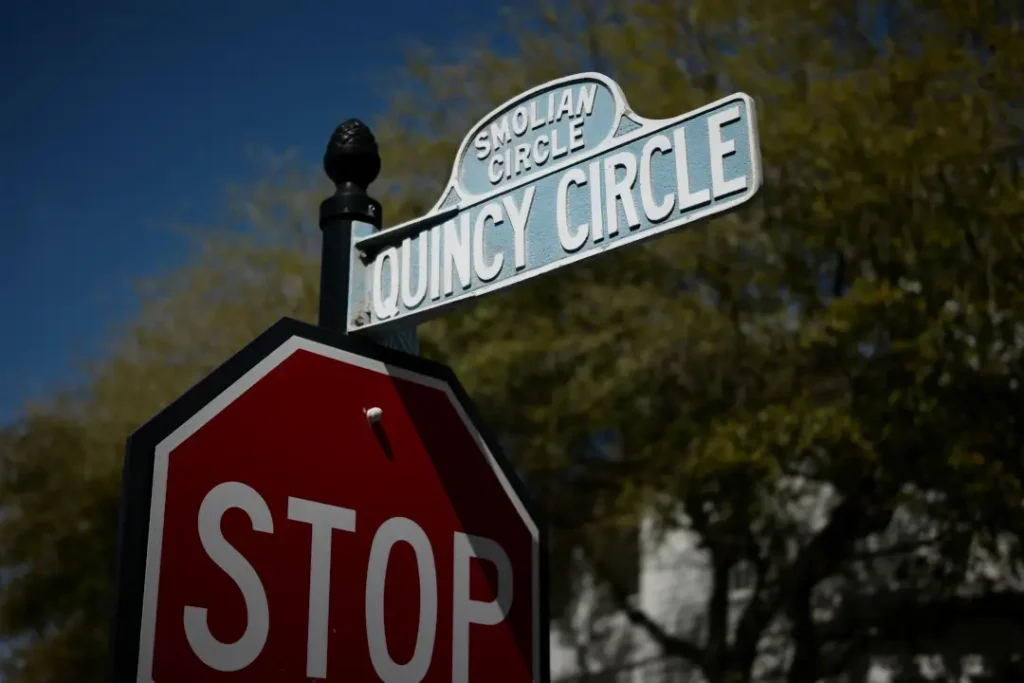
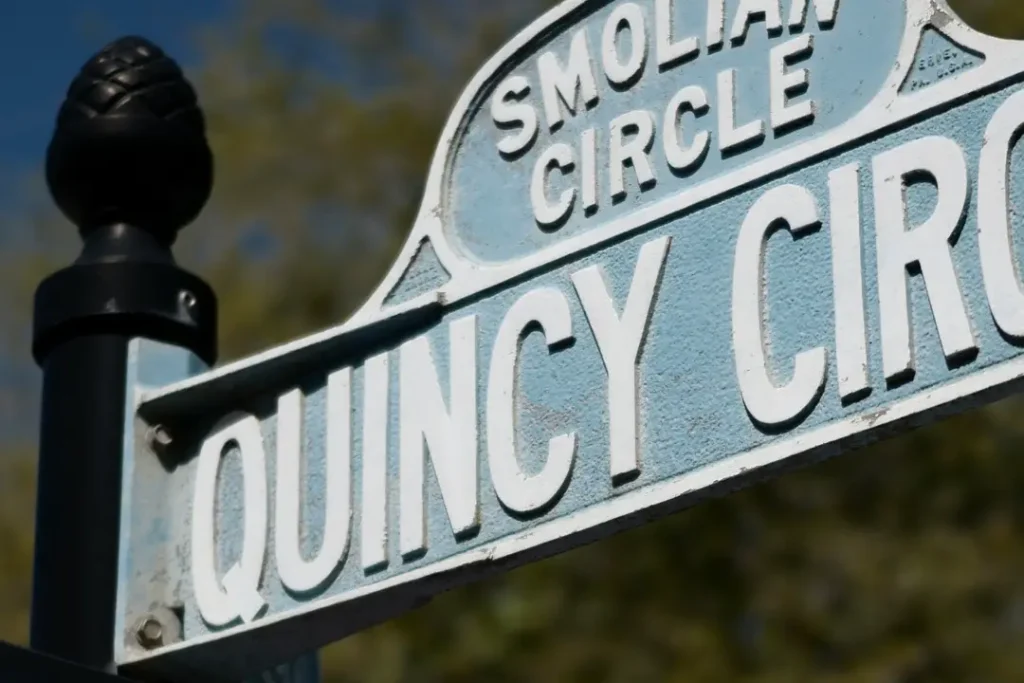
Full frame vs. crop shot at f/2.8
Pixel Peeping
Admittedly, I’m not normally a pixel-peeper or an optical expert. I rarely dissect lens performance by scrolling around at 100% on a color-corrected monitor. Nor do I pay any attention to MTF charts. But this once, I thought it might be interesting to proceed a little more scientifically and compare the Sigma with adapted Zeiss and Leica M lenses that I already owned.
The following images were taken from a tripod at approximately 3 meters, wide-open, focusing on the speed limit sign. I compared the Sigma 45mm, with a Zeiss Planar 50mm f/2 ZM and a Leica Summarit-M 35mm f/2.5 with some surprising results. Since these lenses offer similar angles of view and could be used interchangeably, I felt a direct comparison might prove beneficial.
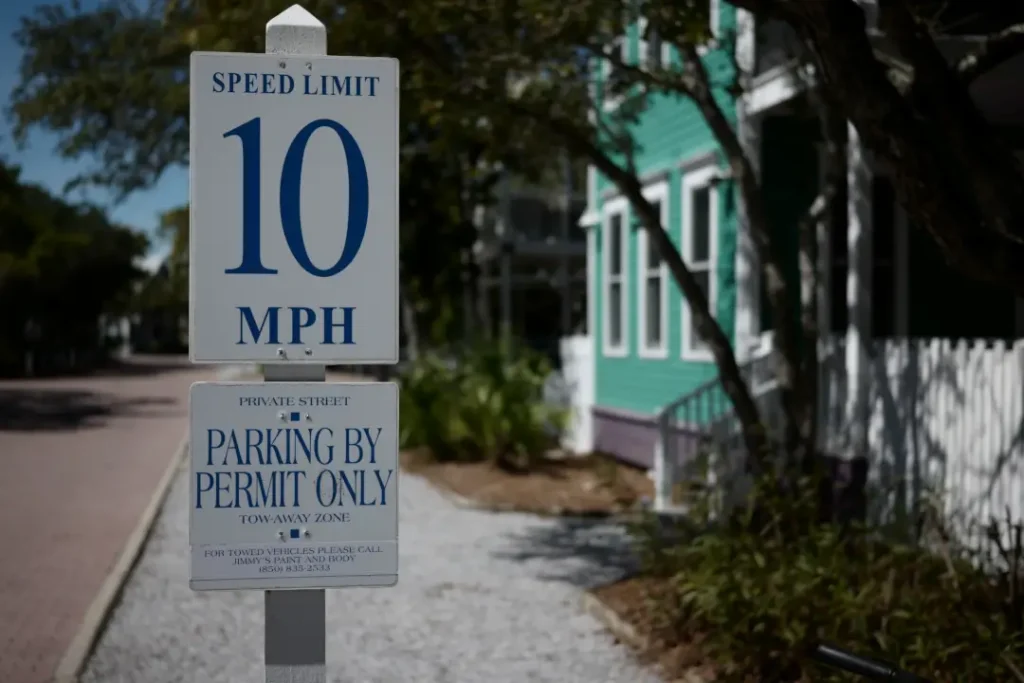
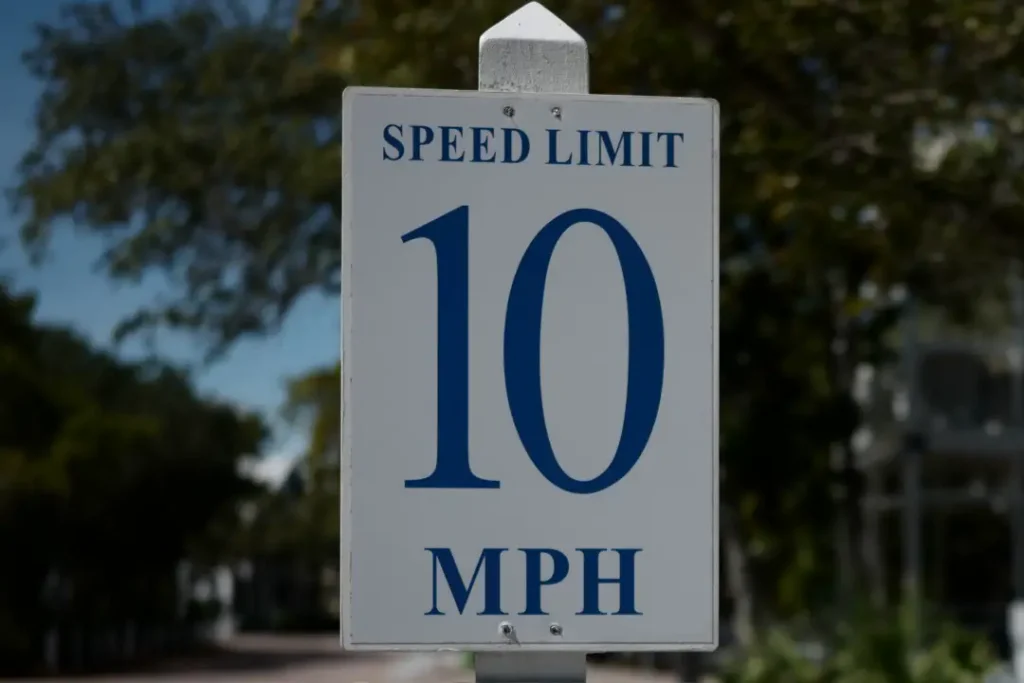
Sigma 45mm at f/2.8 full-frame vs. crop
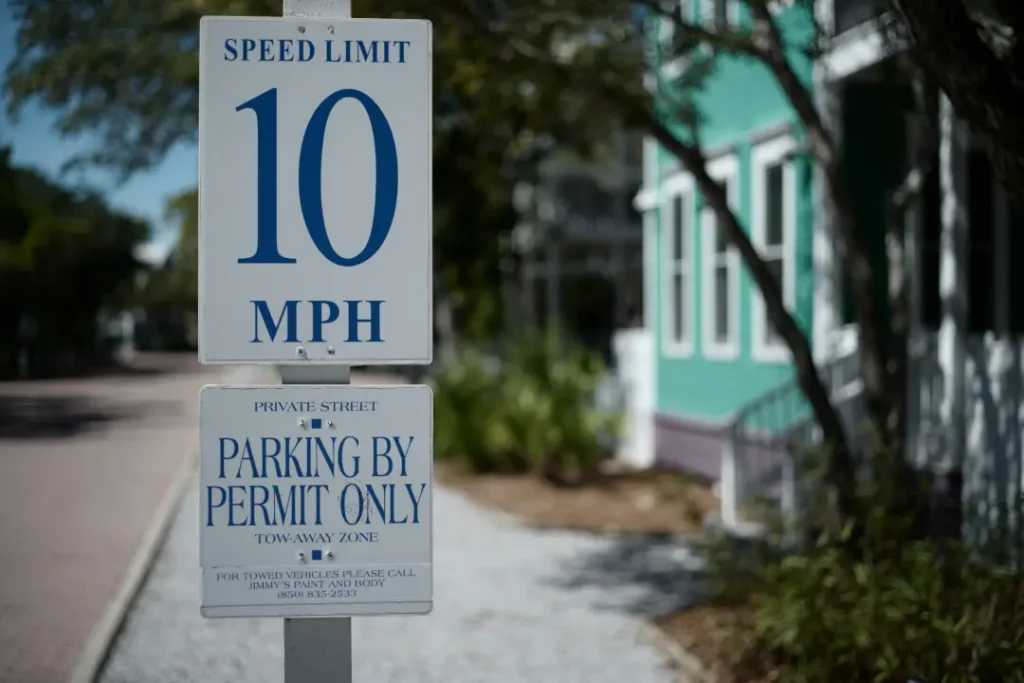
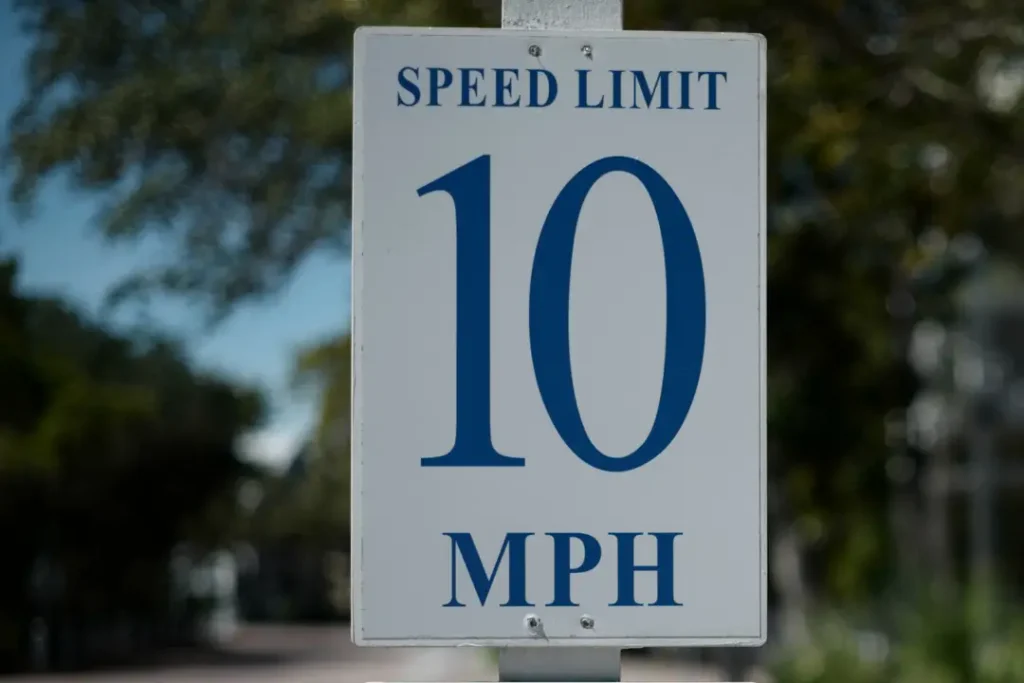
Zeiss 50MM at f/2 full-frame vs. crop
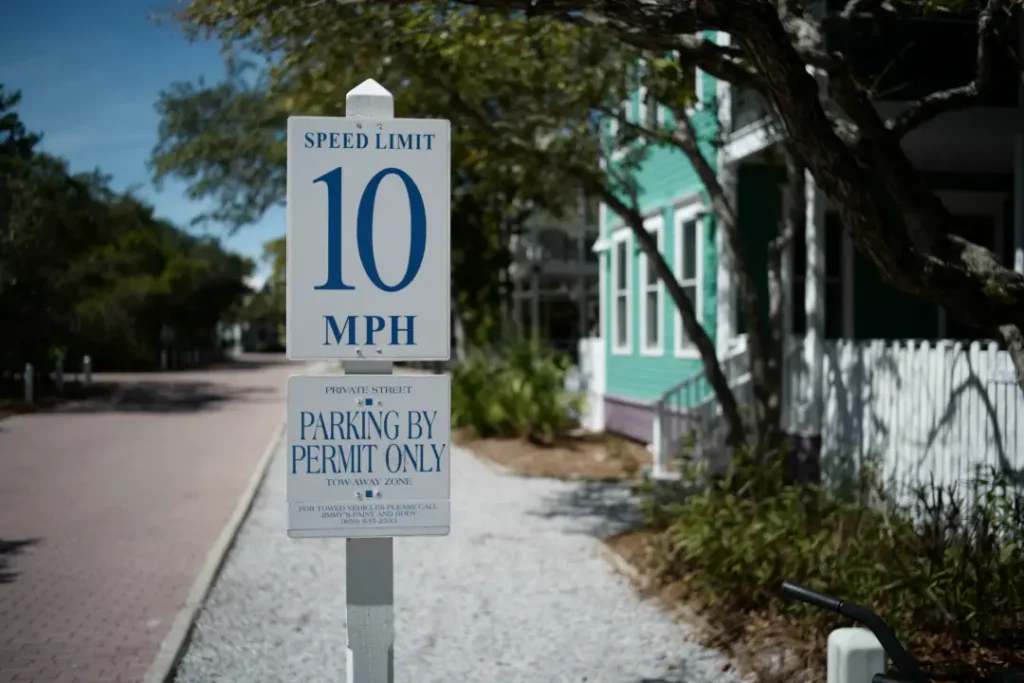
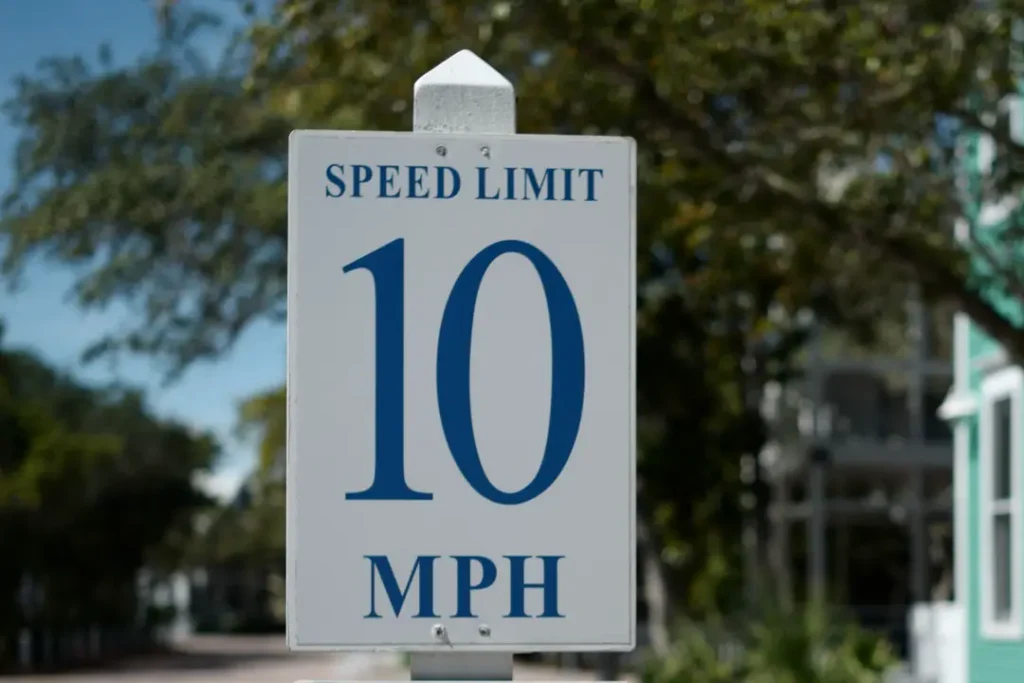
Leica 35MM Summarit-M at f/2.5 full-frame vs. crop
Indeed the above images show an interesting comparison between these modern lenses. I initially picked up a “busyness” in the leaves in the upper left corner and circular bokeh (sphero-chromatic aberration) to the right of the sign. It was especially pronounced with the Leica and Zeiss lenses, but not the Sigma. The 45mm DG DN simply renders a smooth, natural bokeh, the sort produced by the Zeiss glass I used with my Hasselblad V Series cameras.


Conclusion
To my eye, the Sigma 45mm f/2.8 DG DN lens offers a unique, classical rendering. Its inherent close-up softness is actually a benefit for portrait subjects and could be utilized to soften skin texture in both still and video images. Overall, the AF is quick, with close-focusing capability far greater than any rangefinder lens. The build quality is also beyond reproach, with an all-metal body and weather-sealing. The size is perfect on both my Leica SL and Leica CL cameras. I hope Sigma continues down the path of offering small autofocus prime lenses like this modern-day classic.
Share this post:
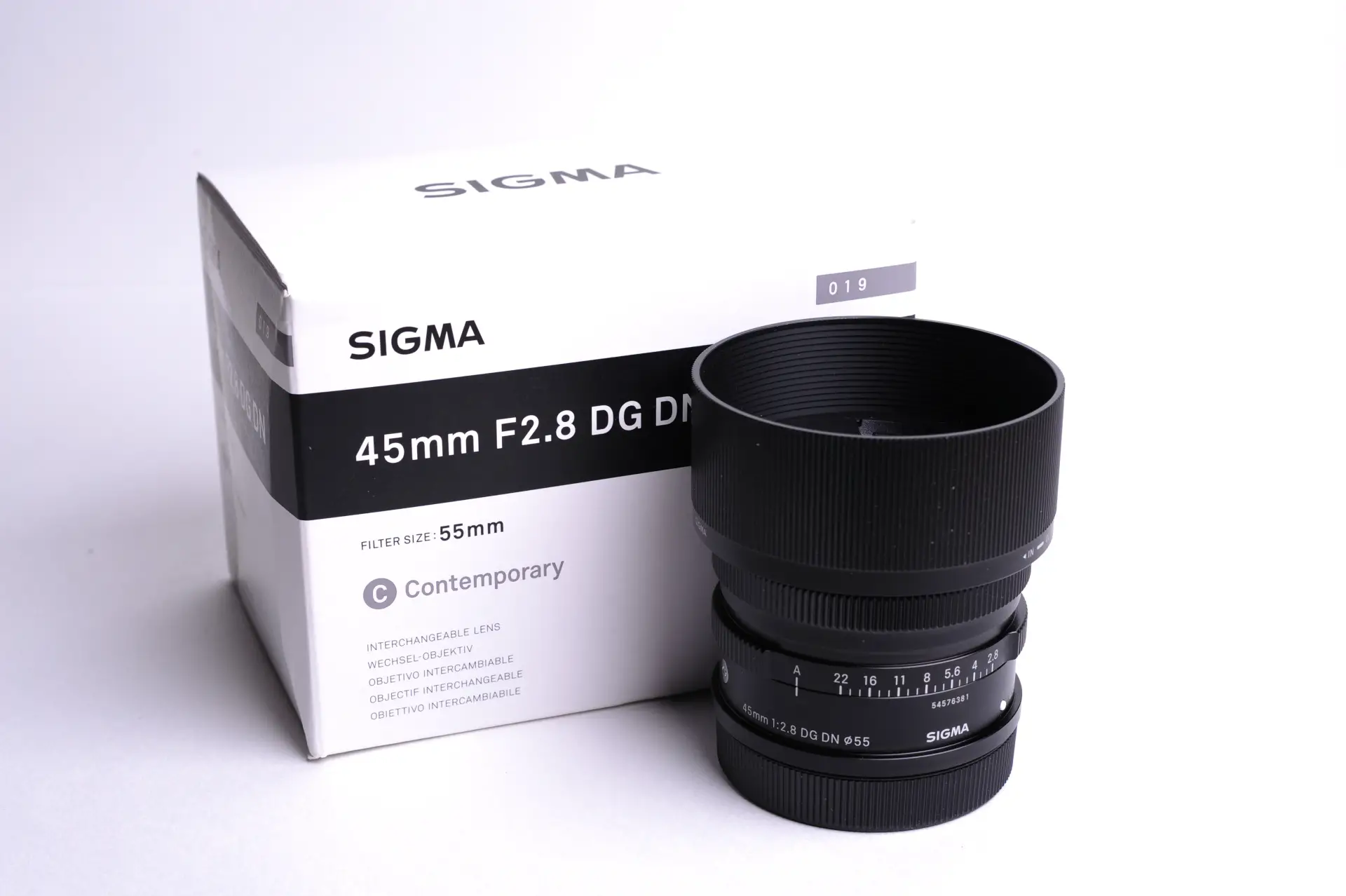








Comments
Khürt Louis Williams on Sigma 45mm f/2.8 DGDN Mini-Review – By JK Lockwood
Comment posted: 01/05/2020
I agree with everything you wrote in the "Why 45mm f/2.8?" section. In my opinion, the 40-45mm focal range is perfect for the street photographer as that is within the normal field of view of human vision.
Comment posted: 01/05/2020
Huss on Sigma 45mm f/2.8 DGDN Mini-Review – By JK Lockwood
Comment posted: 01/05/2020
It is smaller, faster and cheaper. But no AF.
Thanks for the test!
Comment posted: 01/05/2020
Comment posted: 01/05/2020
Comment posted: 01/05/2020
Marc Wick on Sigma 45mm f/2.8 DGDN Mini-Review – By JK Lockwood
Comment posted: 02/05/2020
Comment posted: 02/05/2020
Scott Mackie on Sigma 45mm f/2.8 DGDN Mini-Review – By JK Lockwood
Comment posted: 03/05/2020
The link to the Sigma article was *really* helpful tho. I hadn't fully got the old-school lens aspects of this so when I shot it wide open last week I was pretty surprised. Once I'd gotten over the fact that it looked like a mid-50s LTM on an adapter when focussed close and wide open, I started to get into it. If you get close to the minimal focus distance, there really is a nice ethereal quality to the image. It doesn't look forced tho - more organic, which is obviously the design intent. The effect pretty much disappears if you step down to f/4.0 or back off of the focus point.
On the CL, it's more like a slightly short portrait lens because of the APC-C sensor so it's an interesting combination. Don't really do a lot of portrait work but might be tempted given what I've seen.
Comment posted: 03/05/2020
jh on Sigma 45mm f/2.8 DGDN Mini-Review – By JK Lockwood
Comment posted: 03/05/2020
Comment posted: 03/05/2020
Chris Nebard on Sigma 45mm f/2.8 DGDN Mini-Review – By JK Lockwood
Comment posted: 19/04/2022
Thank you.
Chris
Comment posted: 19/04/2022